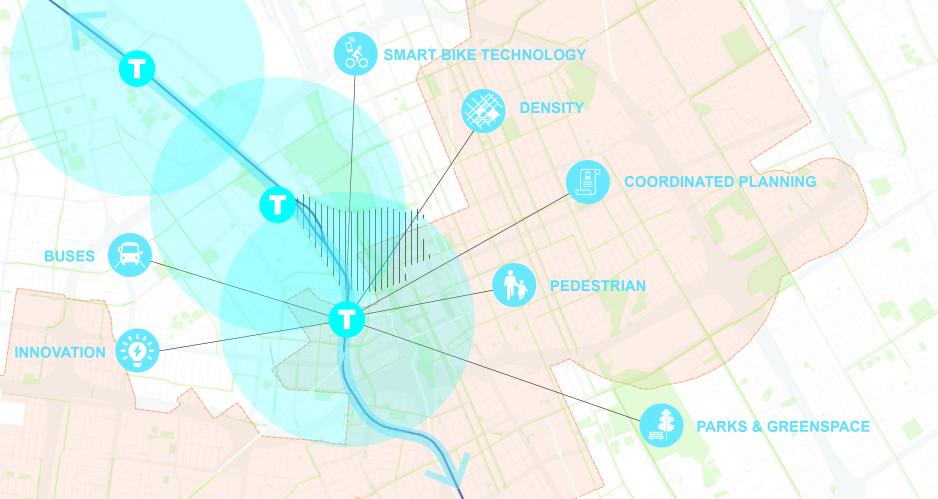Ensure that land use patterns, transportation projects and systems, community partnerships, and tools and resources are all aligned to support transportation demand management (TDM) and reduce single occupant vehicle (SOV) use.
Strategies include:
- Provide medium to high-density development with a mix of supporting land uses that encourage sustainable travel modes.
- Require TDM programs for new commercial and residential developments to outlines strategies, mode share performance targets, and evaluation measures that will be applied to reduce SOV travel to and from the site.
- Pursue opportunities to use TDM to improve project and program performance on a widespread basis. Further integrate TDM into planning, land use, project development, investment, design, construction, operations and performance measurement for projects and systems.
- Strategically strengthen existing community and business partnerships. Establish new partnerships with advocacy and community groups whose missions are rooted in public health, social equity, environmental protection, land use planning, transit-oriented development, and active transportation.
- Provide better tools, data, methods, and technical assistance to help local communities better integrate TDM into community plans and services. Identify and support innovation and the proliferation of best practices.
Body
